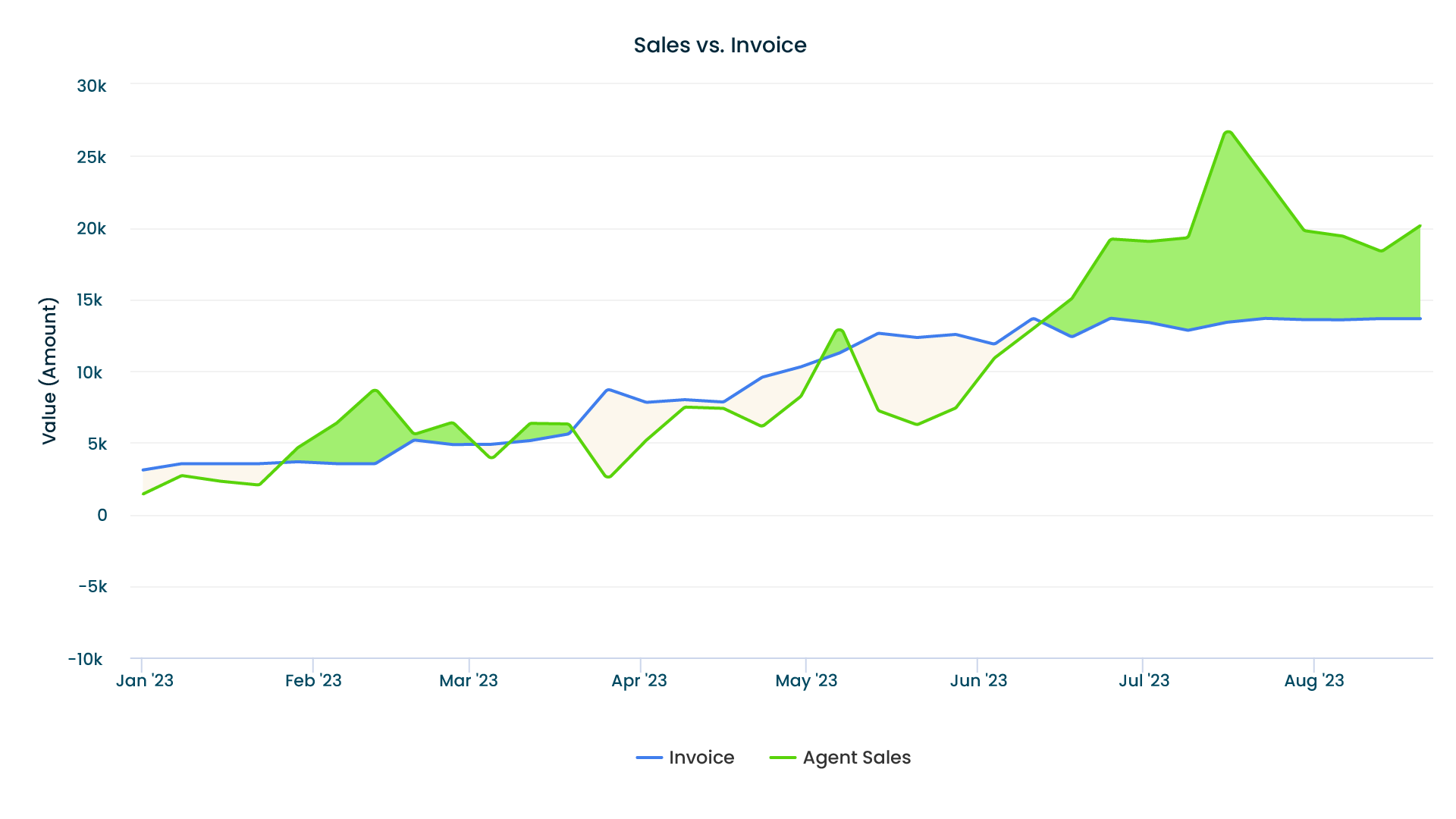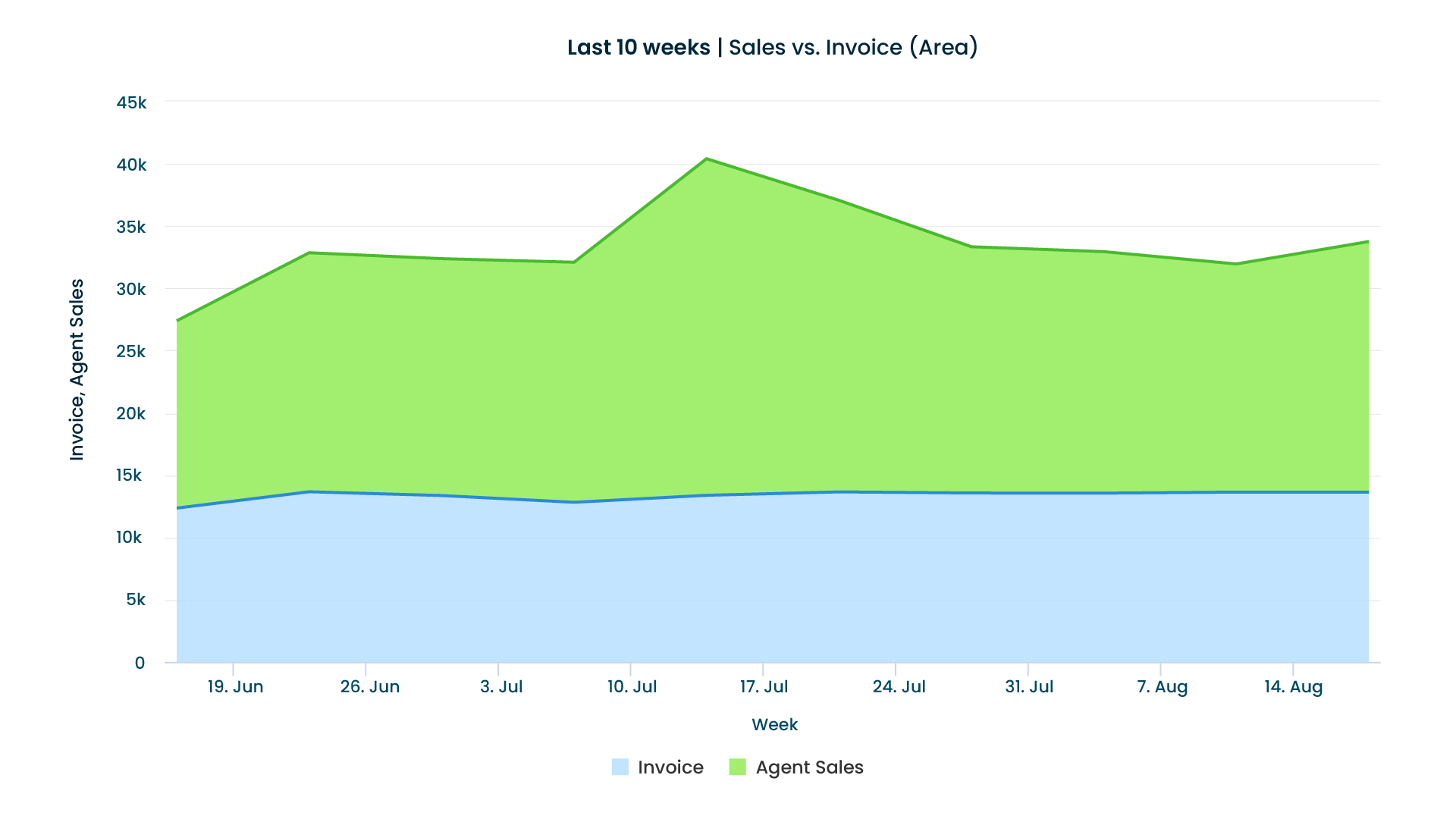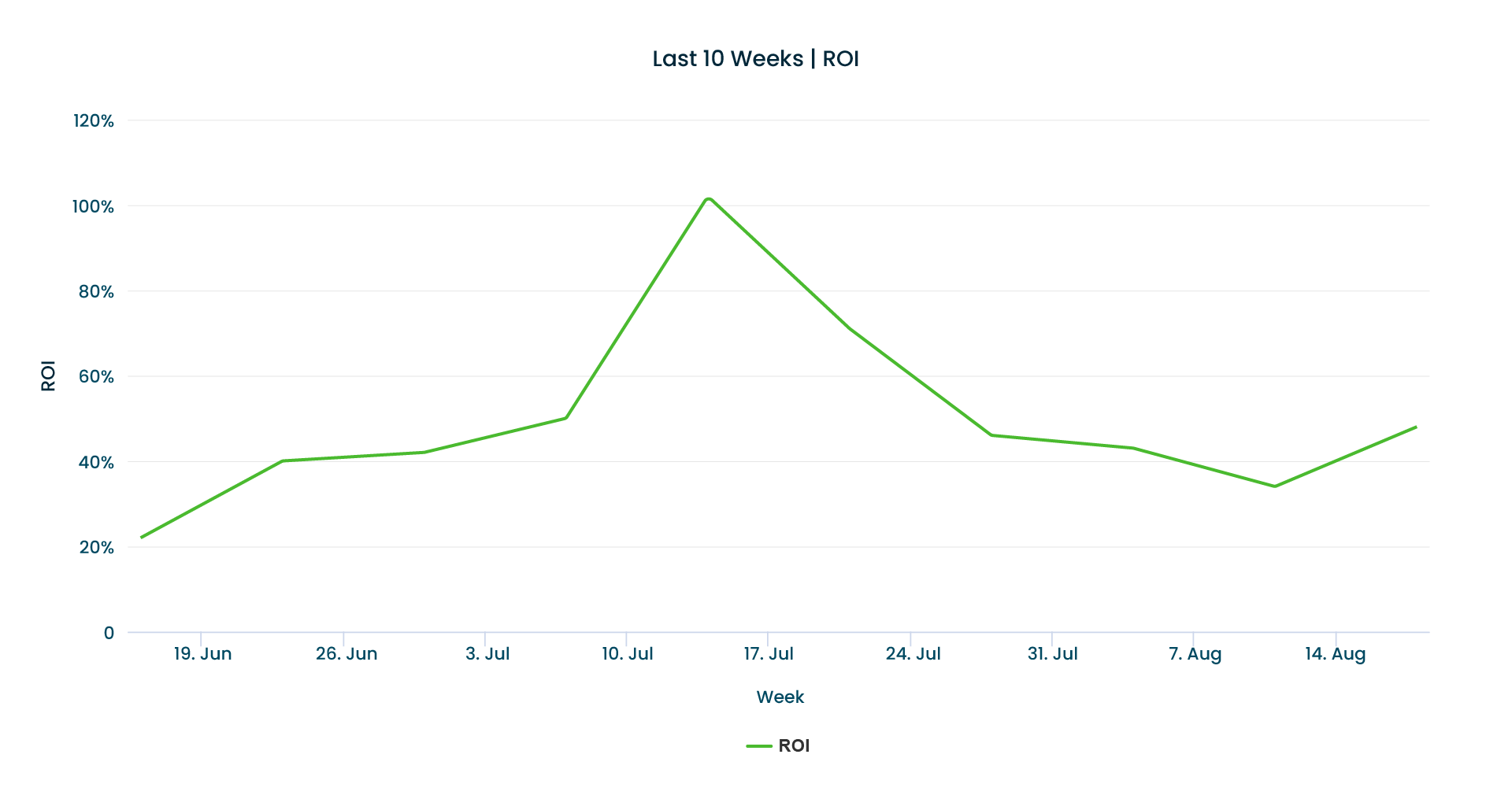Transform Customer Service Expense into Revenue
Introduction
Many see customer service as a necessary but costly part of doing business—something to handle complaints and troubleshoot issues. We at Aventus see it differently. For us, every interaction with a customer is an opportunity: to resolve, to engage, and yes, to sell. This case study aims to illuminate how we've turned these opportunities into tangible results. We focus on an eye-catching 10-week period where our customer service team didn't just meet expectations—they shattered them. During this time, sales generated by our agents exceeded our invoiced costs by an impressive average of 45%. Using meticulous methodologies and clearly defined key performance indicators, we'll unpack the strategy, execution, and exceptional results of our customer-centric approach.
The Aventus Difference: Upskilling and Consultative Approach
Let's face it: customer service doesn't have the most glamorous reputation. Often relegated to the back offices, it's considered a cost center, a necessary expense. But we at Aventus see things differently. Why limit our customer service team to just solving problems when they can also be closing sales?
That's why we initiated an upskilling program for our customer service team, focusing on two key areas: product knowledge and sales tactics. Our agents undergo comprehensive training modules that cover everything from the intricacies of our products to the psychology of sales. They don't just answer questions; they ask them—probing questions that help understand the customer's needs, preferences, and pain points.
But we didn't stop there. We adopted a consultative approach to customer service. Instead of being mere problem solvers, our agents have become strategic advisors. They listen, understand, and then offer tailored solutions that not only resolve the issue at hand but also introduce customers to products or features they might not have considered. For instance, if a customer is struggling with weight loss, our agents might recommend a specialized meal plan that has proven effective for similar cases.
By transforming our phone support agents into strategic advisors, we've not just improved customer satisfaction but also turned a cost center into a revenue generator. This strategy has been a win-win, and this case study dives into the nitty-gritty of how we've made it happen.
Methodology
We know that to make a compelling case, you need more than just anecdotes—you need hard data. That's why we've built our case study on a rigorous methodology. Over a year-to-date period, we've carefully tracked four key metrics: invoice amounts, agent-generated sales, the difference between these two, and the ROI. But why these metrics? Because they give us the most comprehensive view of our performance, allowing us to measure both the cost and the value generated by our customer service agents.
We've also gone to great lengths to validate this data. Each transaction and customer interaction is logged and audited to ensure accuracy. This meticulous approach has allowed us to focus on a remarkable 10-week period—a timeframe that has yielded extraordinary results, and which forms the core of this case study.
Probing Questions
We've all been on the receiving end of customer service that feels like an interrogation, haven't we? At Aventus, we turn that experience on its head by making our customer conversations a two-way street. We've trained our agents to ask probing questions, but not just for the sake of it. These questions are strategic, aimed at understanding each customer's unique situation. For example, if a customer reaches out about our weight loss program, we don't just dive into the features. Instead, our agents might ask, "What's the special occasion you're preparing for?" or "What diets have you tried before?"
And here's where it gets interesting: our agents use these insights as ammunition. If a customer says they're struggling to lose weight for their daughter's wedding and have tried various diets without success, our agents can make a personalized pitch. They might say, "Our meal plans are specifically designed to help you get over that final hurdle. Plus, our specialty shakes are a great way to kickstart your day and keep you in ketosis." In other words, our probing questions are more than just ice-breakers; they're sales closers.
By making every conversation an opportunity to understand customers better, we've not only improved our service quality but also significantly increased sales. This strategy is not just about customer satisfaction; it's about customer delight, and it contributes directly to your bottom line.
Data Deep Dive
We pride ourselves on being data-driven at Aventus, because when it comes to business, numbers often speak louder than words. If you're as excited about data as we are, you're in for a treat.
First up is a line chart that serves as a visual storytelling medium for our year-to-date performance. On the chart, you'll find two lines—one representing the invoice amounts and the other indicating the sales generated by our agents. What's particularly striking is the shaded area between the two lines; this is where you can see the difference in dollar amounts, with agent sales outperforming the invoices. This isn't just a minor win; it's a pattern that validates our strategy and hard work.

Let's zoom in on the golden period—the last 10 weeks—that we've been talking about. An area graph captures the stark contrast between the invoice amounts and agent sales during this period. The graph doesn't just show an uptick in performance; it practically screams success.

Next, take a look at a chart that tracks the evolution of ROI over the last 10-week period. Notice it’s not just positive ROI, but a large return, never going below 20%, briefly touching on 100%, and averaging ~50%, indicating the increasing efficiency and effectiveness of our customer service team in generating revenue.

So what do these charts tell us? They provide a multi-dimensional view of our performance, allowing us to appreciate the nuances and trends that contribute to our success. But beyond that, they serve as a roadmap for future strategies. We can identify what worked well and replicate it, while also pinpointing areas that offer room for further improvement.
By dissecting the data this way, we're not just patting ourselves on the back. We're laying the groundwork for continual growth, always striving to push the boundaries of what our customer service, especially phone support, can achieve, both in terms of customer satisfaction and revenue generation.
Key Takeaways and Future Directions
It's easy to look at our success over the past year—especially the extraordinary performance in the 10-week period—and think we've cracked the code. While we've made significant strides, we believe that success is not a destination; it's a journey. Here's what we've learned and where we're headed next:
Consultative Approach Works: Our agents are no longer just problem solvers; they're growth drivers. By making each customer interaction an opportunity to provide value, we've not only increased sales but also customer loyalty.
Upskilling Pays Off: Investing in our people has produced a return far beyond the cost of training. Our agents are more knowledgeable, confident, and effective in their roles.
Data-Driven Decision Making: The numbers speak for themselves. Our meticulous tracking and analysis have allowed us to fine-tune our approach continually.
As for what's next, we're not resting on our laurels. We're exploring the integration of AI-driven customer service tools to enhance personalization and efficiency. We're also looking into expanding our customer service to new platforms, including social media channels, to meet customers where they are. But we're aware that with growth comes new challenges—like maintaining service quality and agent performance at scale. That's why we're also focusing on scalability and robustness in our future technology adoptions.
In short, while we celebrate our victories, we're geared up and excited for the road ahead. Our aim? To set new industry standards for what customer service can achieve in terms of both customer satisfaction and revenue generation.
Conclusion
What we've shared here is more than just a success story; it's a paradigm shift in how customer service can be leveraged for business growth. We've turned the conventional wisdom—that customer service is just a necessary expense—on its head. But as we've shown, when done right, customer service can be a treasure trove of opportunities, both for enhancing customer relationships and for boosting revenue.
So, what's the takeaway for other companies, perhaps even in different industries? Well, the first step is to look within. More often than not, the potential for transformation lies in your existing resources; it's about optimizing and empowering them. Whether you're in retail, healthcare, or tech, the principles of upskilling staff and adopting a consultative, customer-centric approach hold true.
As for further research, it would be intriguing to explore how these strategies could be adapted to different business models and customer demographics. Our case study offers a blueprint, but each company will need to tailor the approach to fit its unique circumstances.
So there it is—the story of how we turned a conventional phone support campaign into a revenue-generating asset, and we believe this is just the tip of the iceberg. We're excited to continue this journey, and we invite you to join us in redefining what customer service can achieve.

